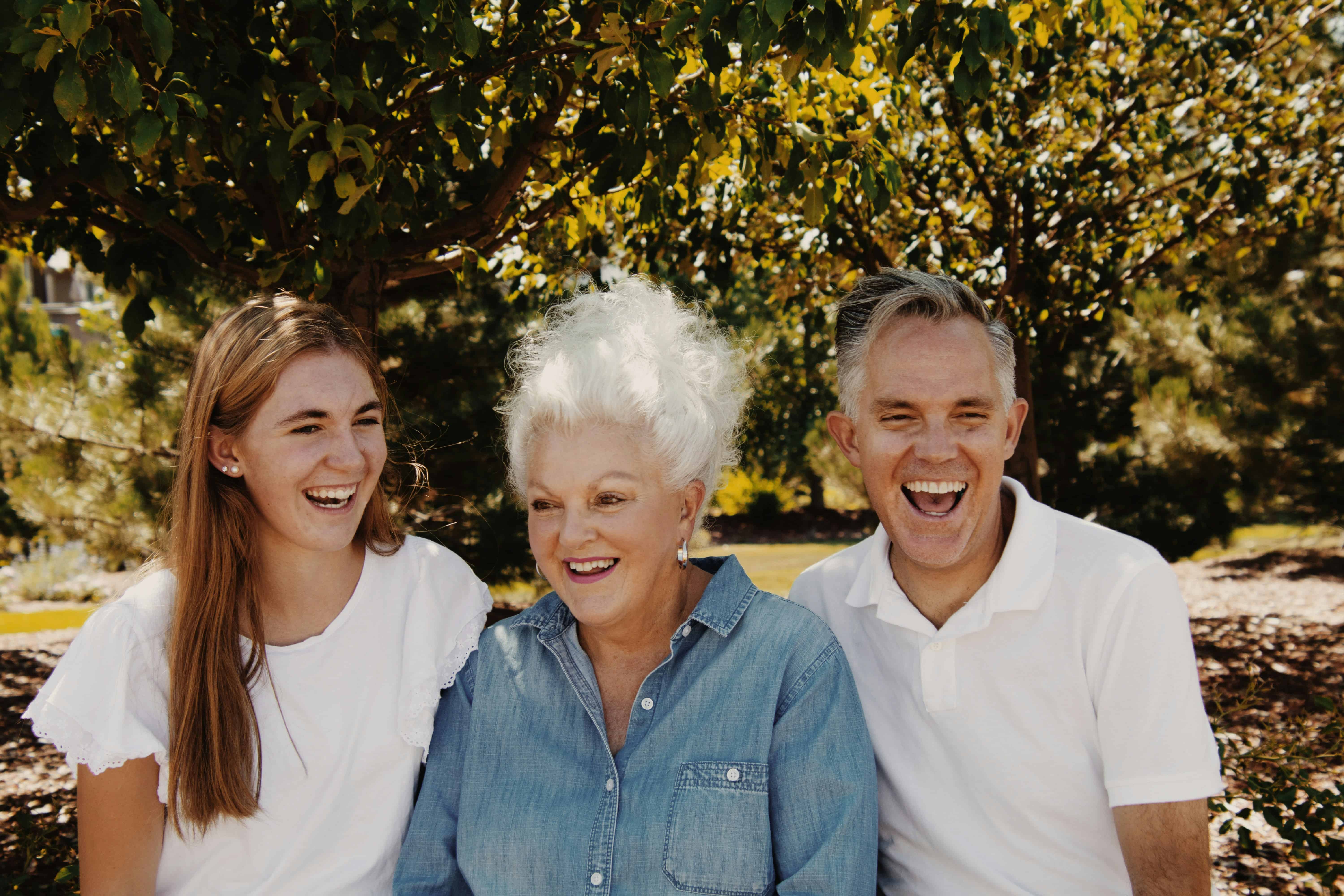Reconnecting With Joy: The Secret to Energy, Balance and Fulfilment After 40

Joy Matters More Than You Think
Joy is often seen as something we earn once everything else is done, a reward at the end of the to-do list. But joy isn’t a luxury. It’s a powerful foundation for physical and emotional wellbeing.
Research shows that moments of joy help regulate stress hormones, improve sleep, boost immune function, and support heart health. For women in midlife, whose hormones and responsibilities are shifting, joy plays an essential role in maintaining balance.
Even small moments; sharing a laugh, noticing a sunrise, or taking a few deep breaths activate the body’s relaxation response, helping your nervous system move from fight or flight into rest and restore.
Joy doesn’t mean ignoring life’s challenges. It means finding lightness and meaning alongside them.
When Joy Fades: Understanding Why It Happens
Many women reach their 40s or 50s and realise they’ve been running on empty for years. Between caring for others, managing careers, and navigating hormonal changes, joy quietly slips down the priority list.
It’s not that it disappears, it just gets buried under layers of responsibility, fatigue, and routine. You may notice it as burnout, irritability, or that vague feeling of going through the motions.
The good news? Joy is renewable. It can be rekindled through awareness, rest, and small, consistent actions that nurture your mind, body, and spirit.

The Joy Equation: Energy + Purpose + Connection
Think of joy as an equation made up of three ingredients:
1. Energy: You can’t feel joyful when you’re constantly exhausted. Supporting your energy through movement, sleep, nutrition, and hydration is the foundation.
2. Purpose: Having something that excites you, challenges you, or gives you meaning fuels joy from within. Purpose isn’t about grand goals, it can be found in creativity, kindness, learning, or contribution.
3. Connection: Joy grows in relationships. Whether it’s sharing a walk with a friend, calling a loved one, or connecting with a community, these interactions lift your mood and strengthen resilience.
When energy, purpose, and connection work together, your natural spark begins to return.
Small Joys, Big Shifts
You don’t need a total life overhaul to find joy again. In fact, the most powerful changes often start small:
• Begin your day with one thing that makes you smile; a cup of tea in peace, sunlight, music.
• Create micro-moments of mindfulness: pause before opening your emails or step outside between tasks.
• Keep a joy journal where you record one thing each day that brought you comfort or laughter.
• Move your body in ways that feel good rather than punishing: stretch, dance, walk, or garden.
• Prioritise rest, not as a reward, but as a requirement.
Joy builds momentum. Each small act reinforces the next, shifting your mindset from exhaustion to empowerment.

The Science of Joy and Recovery
Joy changes your biology. When you experience pleasure, appreciation, or laughter, your brain releases endorphins and oxytocin; chemicals that boost mood and calm the stress response.
These joy hormones lower blood pressure, improve focus, and even support hormonal balance. For women navigating perimenopause or menopause, this natural stress relief is especially valuable.
Even five minutes of genuine enjoyment; music, nature, art, movement can reset your nervous system and help you recharge.
Reframing Burnout: From Exhaustion to Engagement
Burnout isn’t a sign of weakness. It’s a signal that your energy output has exceeded your recovery for too long. The antidote isn’t just rest, it’s reconnection.
When you reintroduce small moments of joy, you restore the emotional energy that burnout depletes. Over time, this improves motivation, focus, and creativity. You start to feel more like yourself again, calmer, lighter, and more in control.
The key is consistency. Build small, nourishing routines that make you feel alive, not drained.

Making Joy a Daily Practice
Building a joy practice doesn’t mean forcing positivity, it means making space for what truly matters. Try incorporating a few of these habits into your day:
• A five-minute gratitude pause before bed
• A short daily walk to clear your head
• Listening to your favourite playlist while cooking
• Spending time outdoors, even for a few minutes
• Connecting with people who inspire or uplift you
The aim isn’t perfection. It’s presence. Joy thrives when you slow down enough to notice it.
Your Midlife Joy Reset
Midlife isn’t a crisis, it’s a recalibration. You’ve gained wisdom, experience, and self-awareness. Now is the perfect time to define what happiness means to you.
Ask yourself:
• What gives me energy?
• What brings me peace?
• What do I want to feel more of?
Let these answers guide your choices. When you honour your energy, values, and boundaries, you naturally begin to live with more joy and intention.
Final Thoughts: Choose Joy, Every Day
Joy doesn’t have to wait for perfect conditions. It’s already within reach, in the quiet, the laughter, and the ordinary moments you often overlook.
Reconnecting with joy is an act of self-respect. It’s how you rebuild energy, rediscover purpose, and feel truly alive again.
If this article resonated, you might also enjoy reading:
Wellness Beyond Weight: Finding Balance, Energy and Confidence After 40
Confidence, Purpose & Joy: Reconnecting With Yourself in Midlife
How to Build a Self-Care Routine That Works. (Without the Guilt)
Further Reading
The Hidden Power of Joy | Psychology Today Australia